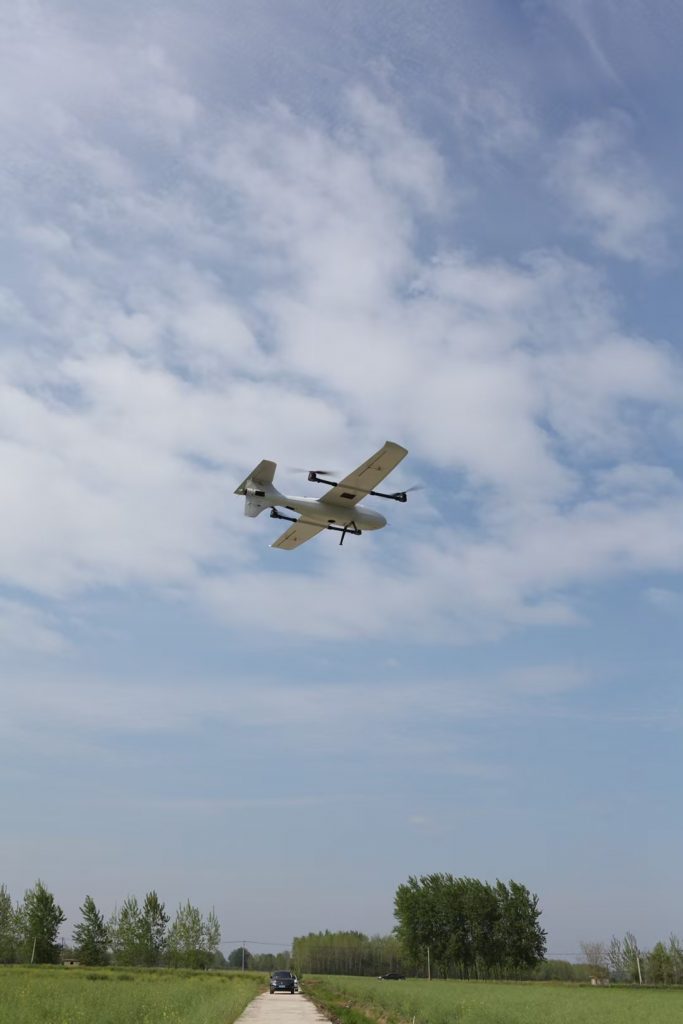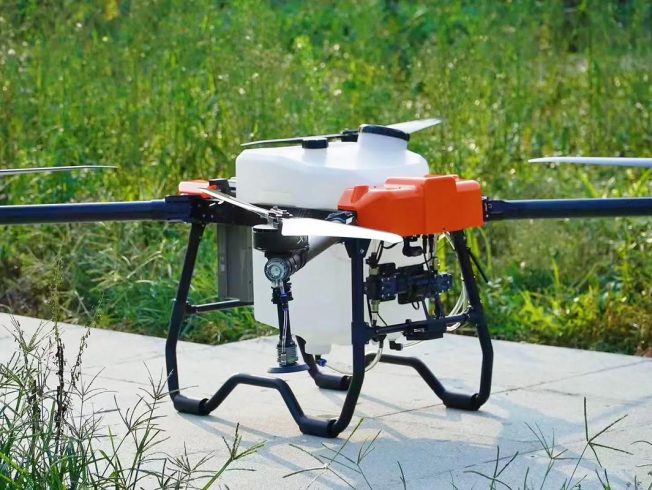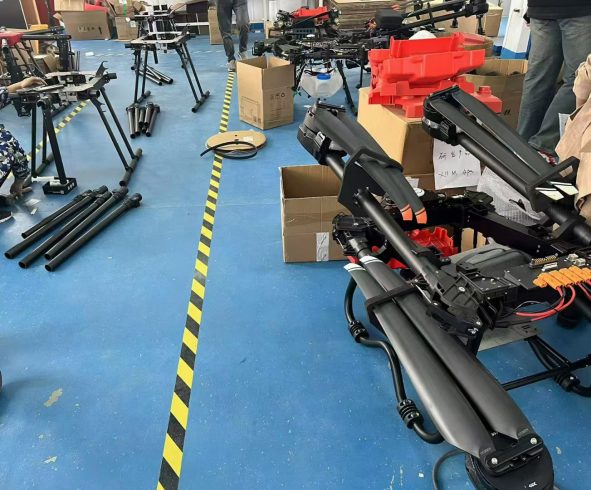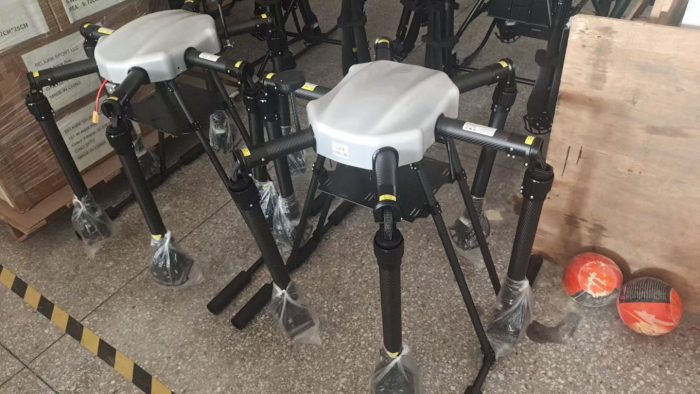Protect your business with this -optimized guide to drone insurance for commercial use. Learn policy types, coverage essentials, compliance requirements, and strategies to mitigate risks in aerial operations.
—
Introduction
From precision agriculture to infrastructure inspections, commercial drones are revolutionizing industries. However, with great innovation comes great responsibility—and risk. Drone insurance for commercial use is a critical safeguard against accidents, liability claims, and regulatory penalties. This article explores key policy types, compliance requirements, and cost-saving strategies to help businesses operate safely and legally.
—
1. Why Drone Insurance is Non-Negotiable for Commercial Operators
Operating drones commercially without insurance exposes businesses to severe financial and legal risks. Here’s why coverage is essential:
a. Liability Protection
– Third-Party Claims: Drones can cause property damage or injuries (e.g., crashing into power lines or injuring bystanders).
– Legal Penalties: Many countries mandate insurance for commercial drone operations (e.g., FAA Part 107 requires proof of $100,000 liability coverage in the U.S.).
b. Asset Protection
– Equipment Damage: Drones are expensive to repair or replace after crashes, especially in rugged environments like farms or construction sites.
– Payload Costs: Specialized sensors or cameras (e.g., multispectral imaging for agriculture) require dedicated coverage.
c. Regulatory Compliance
– Most countries require proof of insurance to obtain commercial drone licenses or permits.
—
2. Types of Commercial Drone Insurance Policies
Tailor coverage to your industry and operational risks:
a. Liability Insurance
– Third-Party Bodily Injury/Liability: Covers medical bills and legal fees if someone is harmed by your drone.
– Third-Party Property Damage: Pays for repairs or replacements if your drone damages property.
– Example: An agriculture drone spraying pesticides accidentally destroys a neighbor’s crops—liability insurance covers compensation.
b. Hull Insurance
– Covers repair or replacement costs for the drone and its components due to accidents, theft, or natural disasters.
– Add-Ons: Add coverage for high-value payloads like thermal cameras.
c. Professional Liability (Errors & Omissions)
– Protects against claims of negligence or inadequate service (e.g., faulty crop analysis reports leading to financial losses).
d. Cyber Insurance
– Covers data breaches or hacking incidents involving drone software or collected imagery (critical for industries like real estate or utilities).
e. Mission-Specific Policies
– Agriculture: Covers crop damage from pesticide drift or malfunctioning nozzles.
– Construction: Includes coverage for delays caused by drone downtime.
—
3. Key Factors Affecting Drone Insurance Premiums
Premiums vary based on risk factors and coverage needs:
a. Drone Specifications
– Weight and Size: Heavier drones (e.g., >55 lbs) often face higher premiums.
– Sensor Value: High-end cameras or LiDAR systems increase coverage costs.
b. Operational Scope
– Location Risks: Flying in urban areas or near restricted airspace raises premiums.
– Flight Frequency: Daily operations warrant higher coverage than occasional use.
c. Pilot Training
– Certified pilots with safety certifications (e.g., FAA Remote Pilot License) may qualify for discounts.
d. Claims History
– A history of accidents or violations leads to increased rates.
—
4. How to Choose the Right Insurance Provider
Not all insurers understand the nuances of commercial drone operations. Prioritize providers that:
a. Offer Industry-Specific Policies
– Look for insurers specializing in agriculture, construction, or energy.
b. Provide Global Coverage
– Essential for businesses operating in multiple countries with varying regulations.
c. Include Risk Mitigation Support
– Some insurers offer safety training, compliance checklists, or telematics tools to reduce claims.
d. Leverage Technology
– Insurers using AI or drone monitoring platforms can offer personalized pricing based on flight data.
—
5. Case Studies: Drone Insurance in Action
Case 1: Agriculture Drone Operator Saves $50K in Crop Damage Claims
A farm in Iowa purchased hull and liability insurance after a drone malfunction caused herbicide overspray. The insurer covered $50,000 in crop repairs, avoiding bankruptcy.
Case 2: Construction Firm Avoids Penalties with Compliance Coverage
A builder in Dubai added professional liability insurance to cover errors in drone-assisted site surveys. When a report misidentified soil stability, the insurer paid $200,000 in legal fees.
—
6. Compliance and Regulatory Considerations
Insurance requirements vary by region:
– U.S. (FAA): Part 107 operators must carry at least $100,000 in liability insurance.
– EU (EASA): Requires proof of third-party liability coverage for commercial drone flights.
– China (CAAC): Mandates insurance for drones over 150 kg or operating in urban areas.
—
7. Emerging Trends in Commercial Drone Insurance
The sector is evolving with technology and risk landscapes:
– Telematics Discounts: Insurers offer lower rates for drones with safety features like geofencing or collision avoidance.
– Parametric Insurance: Automatically pays claims based on flight data (e.g., payouts triggered by sensor-detected crashes).
– Blockchain Claims Processing: Streamlines documentation and reduces fraud.
—
Conclusion
Drone insurance for commercial use is a strategic investment to protect your business, reputation, and compliance posture. By understanding policy types, risk factors, and regional requirements, operators can secure cost-effective coverage while focusing on innovation. As drones become integral to industries like agriculture and logistics, proactive insurance planning will define resilient businesses.
Call to Action:
Secure your aerial operations today! Explore tailored drone insurance plans designed for agriculture, construction, and more. Get a free quote and risk assessment now.
—
Keywords: drone insurance for commercial use, commercial drone liability insurance, drone hull insurance, FAA drone insurance requirements, agriculture drone insurance, professional liability insurance for drones.
THE END













暂无评论内容